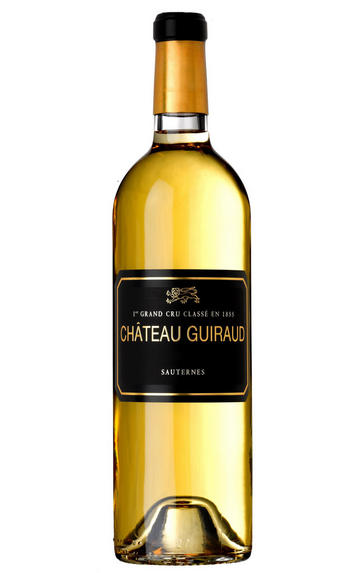
2015 Château Guiraud, Sauternes, Bordeaux
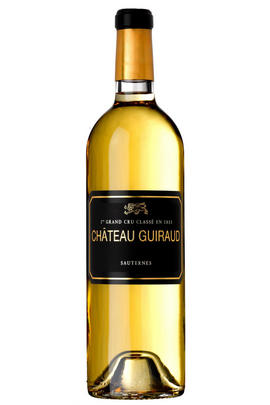
Critics reviews
Lisa Perrotti-Brown - 31/08/2018
Drink 2027-2047
Jancis Robinson MW - jancisrobinson.com - Apr 2016
James Suckling - jamessuckling.com - Apr 2016
Drink: 2020-2030
Ian D’Agata - decanter.com- April 2016
About this WINE
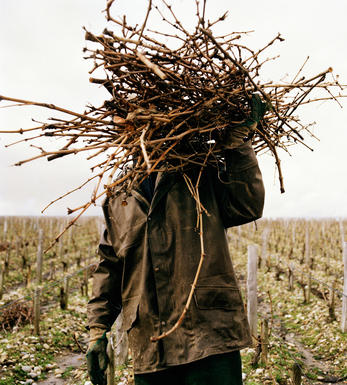
Chateau Guiraud
Château Guiraud is a large Sauternes property that is the only 1er Cru Classé, with the exception of its illustrious neighbour Château d`Yquem, that is located within the commune of Sauternes itself.
Guiraud was owned for a short period by the Maxwell family, who invested heavily in the property, although the wines remained fairly pedestrian. In 1981 it was acquired by a Canadian, Hamilton Narby, and he has transformed Guiraud into one of the very finest Sauternes properties.
Guiraud's 85 hectares of vineyards are located on one of the hills above the village of Sauternes. They are planted with 65% Sémillon and 35% Sauvignon Blanc. The grapes are harvested in "tries" and the juice is then fermented in oak barrels. The wine is then aged in oak casks (50% new) for 2 years.
Guiraud is a very ambitious property with aspirations to produce a wine that will one day rival d`Yquem. The wines are astonishingly rich, especially in light of the high proportion of Sauvignon Blanc in the blend, and are undoubtedly amongst the finest wines being produced in Sauternes today.
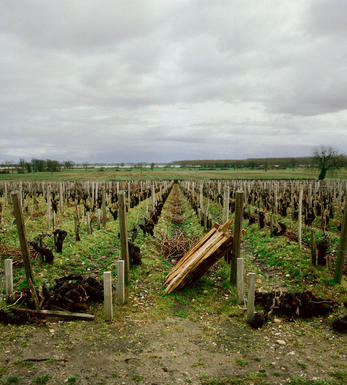
Sauternes
Sauternes is where arguably the world's finest sweet white wines are produced. The Sauternes appellation actually consists of five communes: Barsac, Preignac, Bommes, Fargues and Sauternes itself. Barsac is also an appellation in its own right.
Sauternes literally has an atmosphere different from any of the other major communes. At the southern tip of the Graves,close to the Garonne, not only is the land hillier and decidedly more bucolic but it also enjoys a specific mesoclimate of evening autumn mists which linger until well into the following day, unless burnt off by warm sunshine.
The mists are caused by the cool, spring-fed waters of the Ciron River meeting the warmer tidal Garonne, and the result is an ideal environment for the growth of the mould botrytis cinerea. When its arrival is felicitous, it feeds on the water in the ripe grapes, dehydrating them and leaving sweet, shriveled fruit.Other regions in Bordeaux (ie Cadillac, Loupiac) produce wines in a similar style from the same method, but none achieve the profundity and complexity of Sauternes.
Recommended Châteaux : Ch. D'Yquem, Ch. Climens (Barsac), Ch. Suduiraut, Ch. Rieussec, Sigalas- Rabaud, Ch. Coutet (Barsac), Ch. de Fargues, Ch. Lafaurie-Peyraguey, Ch. Doisy-Védrines (Barsac), Chateau Partarrieu, La Tour Blanche
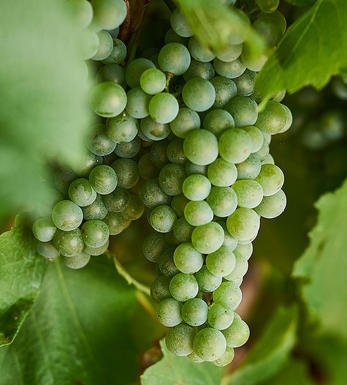
Sauvignon Blanc & Sémillon
The blend used for White Graves and Sauternes and rarely encountered outside France. In the great dry whites of Graves, Sauvignon Blanc tends to predominate in the blend, although properties such as Smith Haut Lafite use 100% Sauvignon Blanc while others such as Laville Haut Brion have as much as 60% Sémillon in their final blends. Sauvignon Blanc wines can lose their freshness and fruit after a couple of years in bottle - if blended with Sémillon, then the latter bolsters the wine when the initial fruit from the Sauvignon fades. Ultimately Sauvignon Blanc gives the wine its aroma and raciness while Sémillon gives it backbone and longevity.
In Sauternes, Sémillon is dominant, with Sauvignon Blanc playing a supporting role - it is generally harvested about 10 days before Sémillon and the botrytis concentrates its sweetness and dampens Sauvignon Blanc`s naturally pungent aroma. It contributes acidity, zip and freshness to Sauternes and is an important component of the blend.


Buying options
Add to wishlist
Description
With inconsistency across the communes of Sauternes & Barsac, the Sauternes from Ch. Guiraud was a gem that really shone out. The nose is beautifully poised, restrained orange blossom, nectarine with hints of honey and quince. The body has a lovely viscosity and mouth feel allied to a lightning like streak of acidity (missing from other top Sauternes). Dances on the palate with grace ending with moreish vanillin spice. Once bottled this should prove to be a very good Guiraud.
wine at a glance
Delivery and quality guarantee